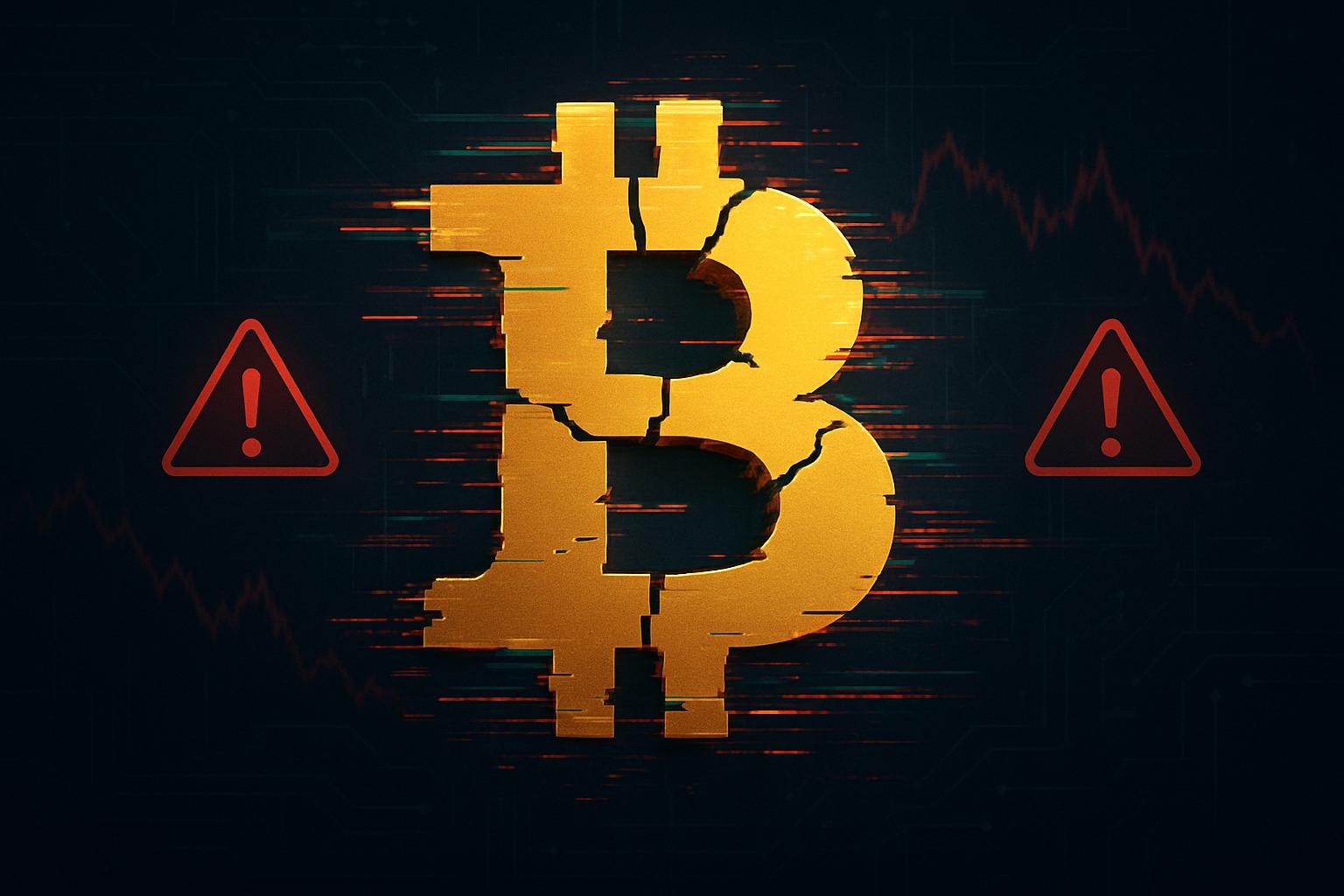The Myth of the Bitcoin Time-Travel Millionaire
It is a compelling fantasy: travel back to 2010, buy Bitcoin for a few cents, and return to the present a millionaire. Bitcoin’s first recorded price in March 2010 was approximately $0.003 per BTC, and prices did not exceed $0.40 that year. Today, Bitcoin trades well beyond six figures. However, acquiring wealth from early Bitcoin purchases was far from straightforward.
Navigating Bitcoin’s Volatile Price History
Becoming a Bitcoin millionaire demanded not only early purchase but also the ability to accumulate substantial amounts and endure severe market downturns, including multiple 80% to 90% price crashes. Investors faced persistent challenges such as exchange failures, regulatory changes, and the constant temptation to liquidate holdings amid euphoric highs.
- 2010-2011: Starting with $1 buying about 333 BTC, the value surged to nearly $10,000 by June 2011 at a $30 peak, only to crash to around $666 soon after.
- 2013: That same holding hit roughly $88,000 in April but plummeted to $16,500 by summer. By November’s peak near $1,000, it was worth $333,000.
- 2014-2015: The Mt. Gox collapse, which wiped out over 650,000 BTC, sent prices down to about $150, reducing holdings to near $50,000.
- 2017-2018: Bitcoin’s peak near $20,000 elevated initial investments to $6.66 million, but by the 2018 bear market, values dropped to approximately $1.13 million.
- 2020-2022: The COVID-19 crash halved prices rapidly, yet the November 2021 all-time high of $69,000 pushed values to almost $23 million before falling to $5.29 million a year later.
- 2024: Bitcoin surpassed $73,000, increasing the value of early investments above $24 million.
Despite surviving these fluctuations, the hypothetical investor still faces the question: when to realize profits? Until sold, gains remain unrealized and vulnerable to Bitcoin’s next price move.
Market Shocks That Tested Investor Conviction
Bitcoin’s history includes numerous headline-grabbing events that challenged holders’ confidence:
- Exchange Failures: Mt. Gox’s 2014 bankruptcy led to the loss of over 650,000 BTC. The 2016 Bitfinex hack stole more than 119,000 BTC, exacerbating fears about exchange security.
- Crime and Public Perception: The FBI’s 2013 Silk Road shutdown associated Bitcoin with illicit activity, complicating its public image.
- Regulatory Crackdowns: China’s repeated bans between 2013 and 2021 disrupted markets and heightened regulatory concerns globally.
- Community Divisions: The 2017 Bitcoin Cash fork and aborted SegWit2x upgrade raised questions about Bitcoin’s scalability and governance.
- Industry Collapses: The 2022 FTX collapse triggered a liquidity crisis and widespread skepticism about cryptocurrency’s viability.
Each crisis forced investors to reassess the risks of holding Bitcoin.
The Risk of Losing Access to Bitcoin
Bitcoin ownership depends on control of private keys; loss of these keys means permanent loss of access to the coins. Chainalysis estimates that between 2.3 and 3.7 million BTC are inaccessible due to lost private keys, many belonging to early adopters who stored coins on now-lost devices.
One notable case is James Howells, who discarded a hard drive containing about 8,000 BTC and has sought permission to recover it from a landfill. Moreover, exchange failures like Mt. Gox and QuadrigaCX resulted in holders losing coins beyond their control.
Realities for Those Who Held On
Few documented cases exist of individuals turning a single dollar into a Bitcoin fortune by 2025. More common scenarios involve larger initial investments and strategic management:
- Kristoffer Koch bought 5,000 BTC in 2009 for $26.60 and later sold part to purchase real estate.
- Stefan Thomas lost access to over 7,000 BTC due to a forgotten password.
- The Winklevoss twins accumulated approximately 70,000 BTC in 2013 with an $11 million investment, well after Bitcoin’s earliest days.
- Li Xiaolai acquired over 100,000 BTC through substantial purchases starting in 2011.
These examples illustrate that Bitcoin wealth typically required significant capital, rigorous security, and emotional discipline, rather than casual early purchases.
Conclusion
The narrative of becoming a Bitcoin millionaire simply by buying small amounts in 2010 overlooks the complexities and risks inherent in Bitcoin’s history. Extreme price volatility, security challenges, regulatory pressures, and market crises have made holding early Bitcoin through to present-day wealth a rare accomplishment. Consequently, the “time-travel millionaire” story remains more myth than reality.













